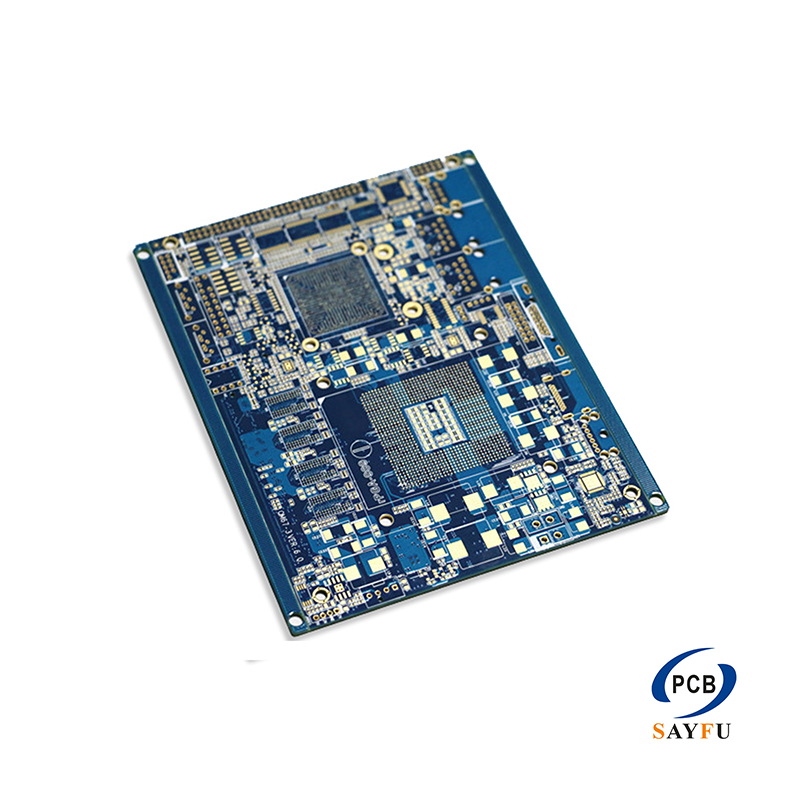Automotive electronics PCB industry has bright prospects
Automotive electronics PCB, as the core physical carrier for the automotive industry’s transformation towards the “new four modernizations” (electrification, intelligence, connectivity, and sharing), has its development prospects deeply intertwined with the changes in the automotive industry and enjoys an extremely broad market space. With the significant increase in the number and value of electronic components in each vehicle, Automotive electronics PCB, which connects these components as their “bones and nerves”, is entering a golden period of growth characterized by both increased volume and higher prices.
PCB manufacturer step into the supply chain of automotive electronics from upstream to downstream due to the big business opportunity of the automotive electronics. As the automotive electronics for higher safety standard requirements, certification process takes about two or three years. The product stability requirements become barriers to entry the industry. For the PCB industry, automotive electronics open up new opportunities for the PCB industry.In the future, the computer used in networking and smart car will create new product application areas for the PCB industry.And the leading international manufacturers have already performed in vehicle PCB related technology development to meet the new markets . Among them, the global technology giant Apple take positive action in the area of smart cars, including cooperate with Google and other non-automotive manufacturing technology companies to jointly develop smart cars.
Furthermore, the strict automotive regulations ensure the high reliability and long lifespan of Automotive electronics PCBs. They must pass certifications such as AEC-Q200 and be able to withstand harsh environments like high temperatures, high humidity, and intense vibrations. This constitutes a high industry barrier and prompts PCB manufacturers to continuously invest in research and development, constantly innovating in materials, processes, and testing technologies.
Summary
Looking to the future, automobiles will evolve into mobile intelligent terminals integrated with a large number of sensors. This trend determines that Automotive electronics PCB will continue to develop in the direction of high integration, high frequency, high power and miniaturization. PCB enterprises that can keep up with technological iterations, meet automotive-grade manufacturing standards, and possess strong collaborative development capabilities will undoubtedly occupy a leading position in this vast blue ocean and share the huge dividends brought by the rapid growth of the industry.
